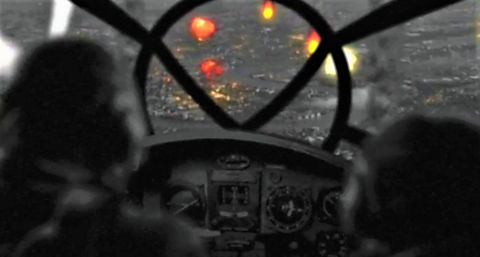Animation scripted by Dr Jonathan Bardon
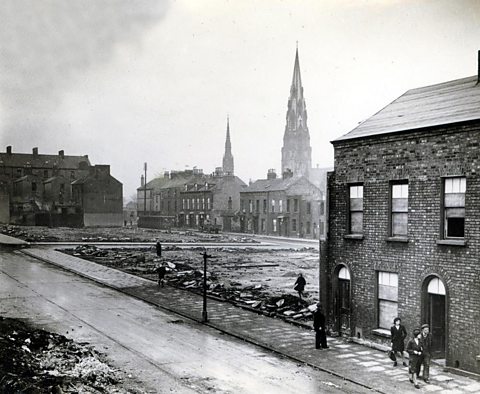
Exodus
The Luftwaffe bombed Belfast on Easter Tuesday, 15 April 1941.
The assault destroyed 15 000 homes, most of them from the poorer areas of the city.
This led to over 70 000 people having to be fed in emergency feeding centres and almost 100 000 without a home.
Many left the city altogether. Clinging to whatever belongings they were able to carry, they fled to the countryside and nearby towns. The Northern Whig newspaper reported that the scenes "were like the pictures of American pioneers".
Some towns close to Belfast were overwhelmed. By the beginning of May, Cabinet Secretary Sir Wilfred Spender estimated that 100 000 people (around a quarter of the city's population) had fled Belfast. Government evacuation plans that had been in place since July 1940 were finally put into practice and children with labels on their coats, clutching their identity cards, made their way to temporary homes.

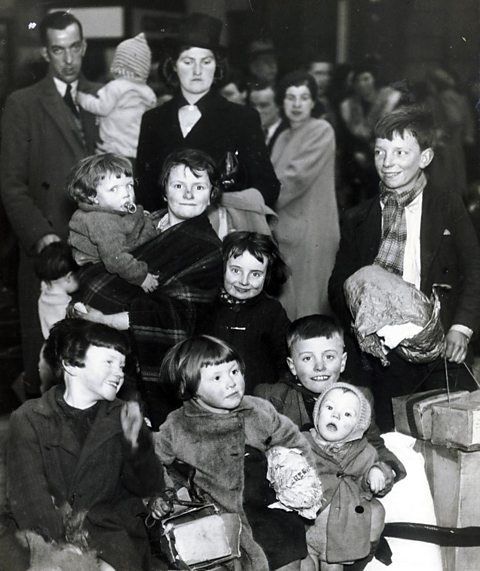
Crawling with lice
This mass migration of terrified families to the towns and villages brought together two very different ways of life. Many evacuees were the residents of Belfast’s packed terraced housing, slum dwellers who had endured decades of unemployment and neglect. Now they were living alongside relatively well-off people with different attitudes.
One nurse, Emma Duffin, was shocked by “The incredible dirt of the people, of children crawling with lice, not even house-trained.”
Many children were put off by offerings of fresh food, vegetables and cheese. Some of them would only eat tea and bread, their normal Belfast diet. One resident noted, “the whole town is horrified by the filth of these evacuees, their filthy habits and take it for granted attitude.”
For other children, life in the countryside was a time of adventure. They were introduced to animals for the first time and to a way of life they had never known existed.
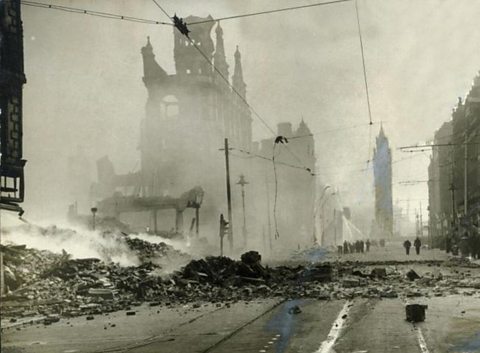
The Government response
The official response to the disaster was far from satisfactory.
The government thought it would make sense to "Destroy all dangerous animals at the zoo", fearing that another direct hit on Belfast would allow them to escape. Two RUC marksmen were ordered to kill up to 33 animals, including a hyena, a tiger and two polar bears. During the time of the Blitz, a zoo worker called Denise Weston Austin used to take an elephant named Shelia home each night. She was afraid for the animal’s welfare. This incredible sight used to delight the children of North Belfast and inspired Michael Morpurgo's book, The Elephant in the Garden.
More seriously, there was also growing anger as people began to question why Belfast had been so poorly prepared for an attack which, with hindsight, seemed to be a real possibility. The city had no searchlights and only 16 heavy anti-aircraft guns. Liverpool, by comparison, had 96. Belfast also had the lowest number of public air raid shelters of any major city in Britain.

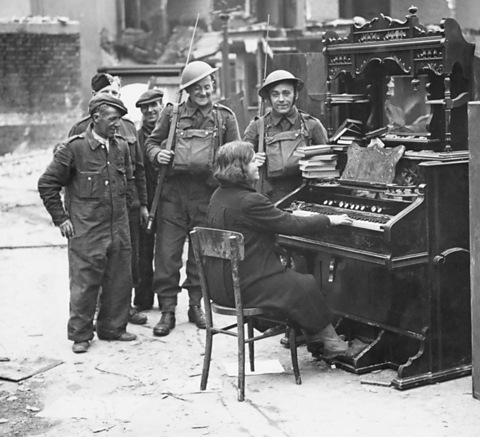
More on The Belfast Blitz
Find out more by working through a topic
- count4 of 4

- count1 of 4
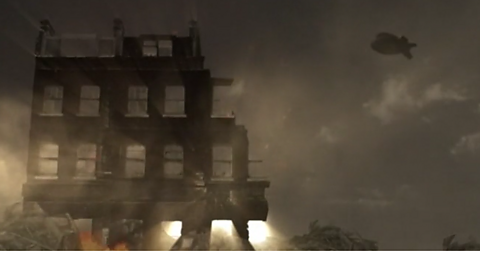
- count2 of 4
